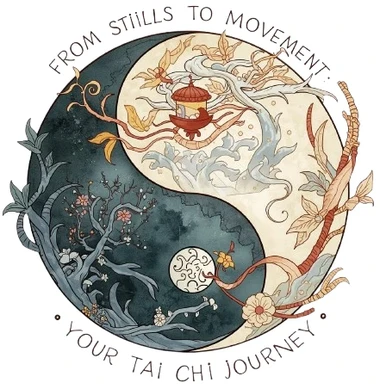Rediscovering Tai Chi’s Source Code
We live in a world that moves fast. Deadlines. Notifications. Expectations. Everything pushes us forward—faster, louder, harder.
But what if the wisdom we need isn’t in acceleration, but in stillness?
Tai Chi is often seen as a slow-motion martial art. A graceful dance. A gentle workout. But beneath the surface lies something deeper. Something ancient. Something that doesn’t just move the body—but rewires how we relate to life itself.
At the heart of Tai Chi philosophy is a phrase that’s easy to miss: “Wuji gives birth to Taiji.” It’s poetic. Mysterious. And, as I’ve come to learn, profoundly practical.
This article is a journey. We’ll explore the continuum from Wuji to Taiji—not just as theory, but as a living framework. One that helps us navigate stress, imbalance, and disconnection in modern life. One that turns movement into meditation, and philosophy into action.
Let’s begin where everything begins: with Wuji.
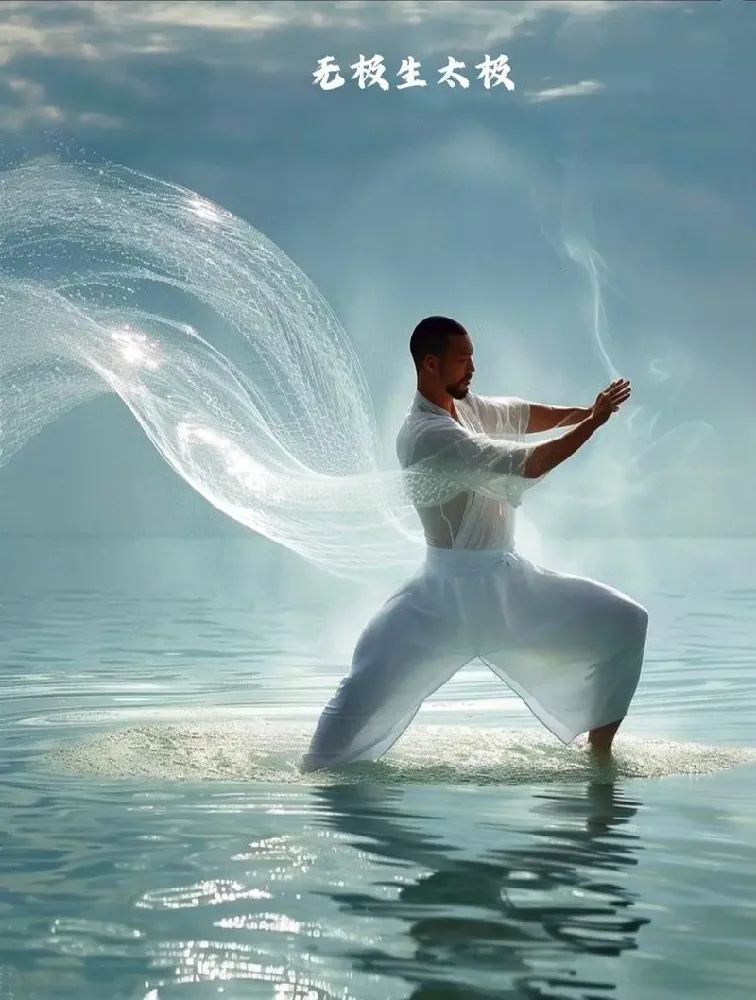
Wuji: The Silent Potential Before Movement
Before there was form, there was formlessness. Before action, stillness. Before yin and yang, there was Wuji.
In classical Taoist texts like the Dao De Jing and the I Ching, Wuji is described as the origin of all things. It’s not a thing itself—but the space from which things arise. No shape. No sound. No tension. Just pure potential.
I like to think of Wuji as the pause between breaths. The moment before a thought. The quiet before a wave breaks.
It’s like standing at the edge of a lake at dawn. The water is still. The air is soft. Nothing moves—but everything is possible.
In Tai Chi, Wuji isn’t just a concept. It’s a state. A stance. A way of being.
When we stand in Wuji, we’re not just preparing to move. We’re returning to source. We’re letting go of patterns, expectations, and effort. We’re becoming receptive.
Exclusive Tip: Next time you stand in Wuji, imagine your body as a blank canvas. No tension. No agenda. Just space. Let your breath paint the first stroke.
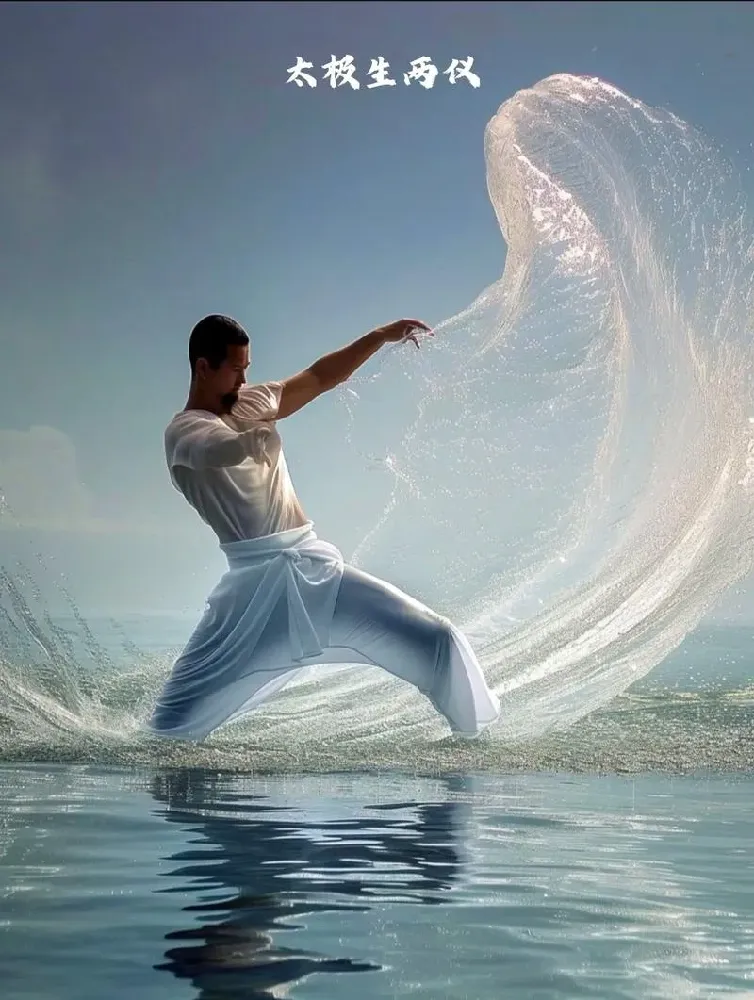
Taiji: The Moment Movement Begins
From Wuji, Taiji emerges.
Taiji is the dance of opposites. Yin and yang. Expansion and contraction. Softness and strength. It’s the pulse of life—the rhythm that animates everything from galaxies to gestures.
The Taiji symbol (☯) isn’t just pretty. It’s a map. It shows how yin contains the seed of yang, and vice versa. How stillness becomes motion, and motion returns to stillness.
In Tai Chi practice, Taiji is the flow. The form. The expression. It’s where intention meets action. Where breath meets movement. Where philosophy becomes physical.
But here’s the key: Taiji doesn’t replace Wuji. It arises from it. And it returns to it.
Every Tai Chi form begins in Wuji. Then it unfolds into Taiji. And when the movement ends, we return to Wuji again. It’s a cycle. A continuum. A conversation.
Exclusive Tip: When you begin a Tai Chi form, don’t rush into the first move. Stand in Wuji for a few breaths. Let the movement arise naturally. Like a wave lifting from still water.
Wuji to Taiji: The Rhythm of Life
This isn’t just theory. It’s a mirror of how life works.
Think about it:
- Day becomes night. Night becomes day.
- Inhale becomes exhale. Exhale becomes inhale.
- Rest becomes action. Action becomes rest.
We’re always moving along the Wuji-Taiji continuum. The question is: are we aware of it?
When we lose touch with Wuji, we become reactive. Rushed. Rigid. We act without clarity. We speak without listening. We move without grounding.
When we reconnect with Wuji, we reset. We soften. We remember. We act from center, not chaos.
This rhythm isn’t just cosmic—it’s personal. It’s the rhythm of your breath. Your thoughts. Your choices.
Exclusive Tip: Try this: before making a decision, pause. Stand. Breathe. Enter Wuji. Then let the answer arise. You’ll be surprised how often clarity comes from stillness.
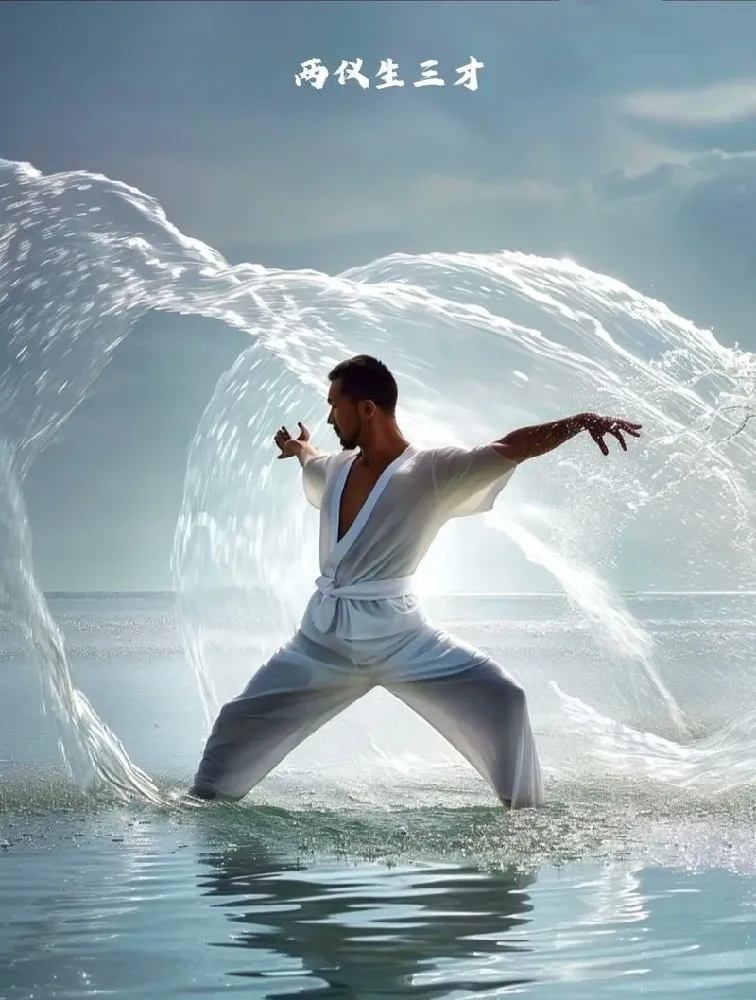
What Is Wuji and Taiji in Daily Life?
Let’s bring it down to earth.
Wuji is the moment you close your eyes before speaking. Taiji is the words that follow.
Wuji is the silence before a song. Taiji is the melody.
Wuji is the inhale. Taiji is the exhale.
In Tai Chi, we practice this rhythm physically. But it’s not limited to the mat. It’s a way of living. A way of responding. A way of creating.
When you feel overwhelmed, you’re stuck in yang. Too much action. Too much doing.
When you feel stuck, you’re in yin. Too much stillness. Not enough flow.
The Wuji-Taiji continuum helps you rebalance. It reminds you that stillness and movement aren’t enemies—they’re partners.
Exclusive Tip: Use the phrase “Return to Wuji” as a mental reset. When you feel off-center, say it silently. Then breathe. Then move.
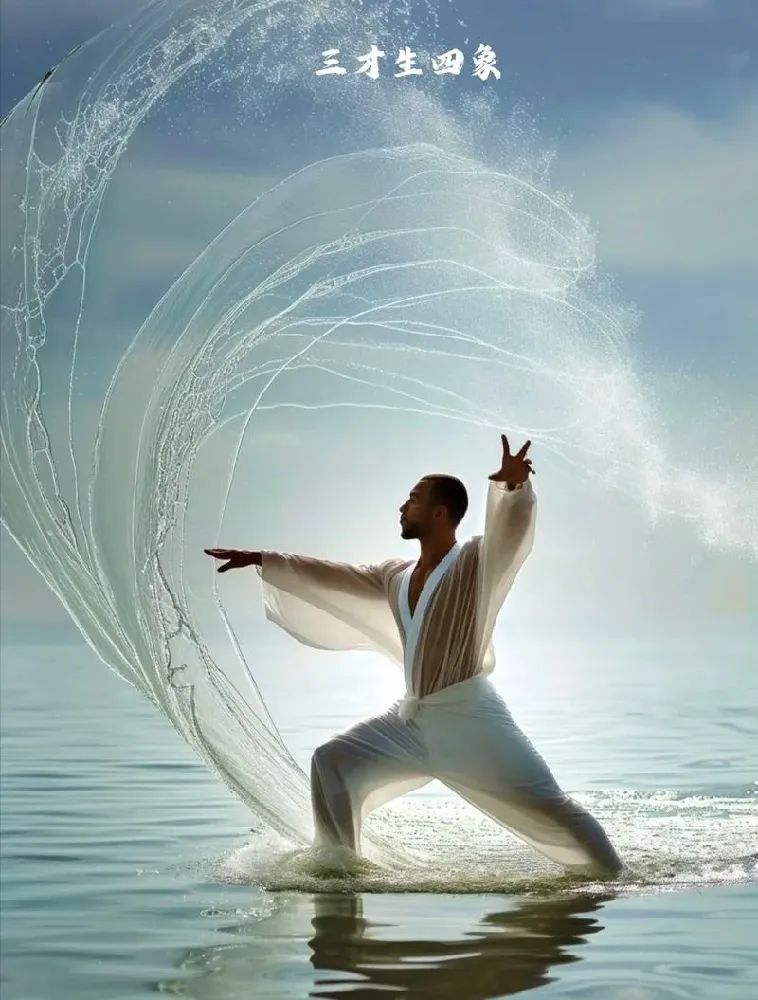
Standing Still to Feel Everything: Cultivating Wuji Through Zhan Zhuang
Before we move, we stand.
It sounds simple. But standing—truly standing—is one of the most profound things you can do.
In Tai Chi, we call this practice Zhan Zhuang, or “standing like a post.” But don’t let the name fool you. This isn’t passive. It’s active stillness. It’s where Wuji becomes real—not just as a concept, but as a sensation.
When I first tried Wuji stance, I thought, “This is just standing.” But within minutes, I felt my breath deepen. My thoughts slow. My feet root. My spine lengthen. It was like my body remembered something ancient.
What Is Wuji in the Body?
Wuji in the body feels like spaciousness. Your joints unlock. Your muscles soften. Your breath flows. You’re not holding yourself up—you’re being held by the earth.
It’s the opposite of tension. The opposite of effort. It’s presence.
Here’s how to enter Wuji stance:
- Feet shoulder-width apart, toes forward.
- Knees soft, not bent.
- Spine tall, crown lifted.
- Tailbone gently dropped.
- Shoulders relaxed, arms hanging or lightly rounded.
- Breath natural.
- Mind resting in the lower belly (Dantian).
You’re not trying to do anything. You’re allowing everything.
Exclusive Tip: Imagine your body as a tree. Your feet are roots. Your spine is the trunk. Your breath is the wind. Let the tree stand—not rigid, but alive.
Movement as Philosophy: Expressing Taiji Through Form
Once Wuji is felt, movement becomes meaningful.
In Tai Chi, every gesture is a reflection of yin and yang. Every shift, every spiral, every pause—it’s all part of the continuum.
Let’s take a simple form: “Wild Horse Parts Its Mane.”
- You begin in Wuji.
- You step out—yang.
- You shift weight—yin.
- You open the arms—yang.
- You settle—yin.
- You return to center—Wuji again.
It’s not just choreography. It’s a conversation between opposites. A dance of balance.
Yin Yang Tai Chi Principles in Motion
Yin is soft, receptive, inward. Yang is firm, expressive, outward. In Tai Chi, we don’t choose one—we learn to flow between both.
This teaches us more than movement. It teaches us how to live.
When you’re too yang—pushing, striving, forcing—you burn out. When you’re too yin—hesitating, withdrawing, collapsing—you stagnate. Tai Chi helps you find the middle. The pivot. The pulse.
Exclusive Tip: During your form, ask yourself: “Is this movement yin or yang?” Then notice how it transitions. That awareness is the beginning of mastery.
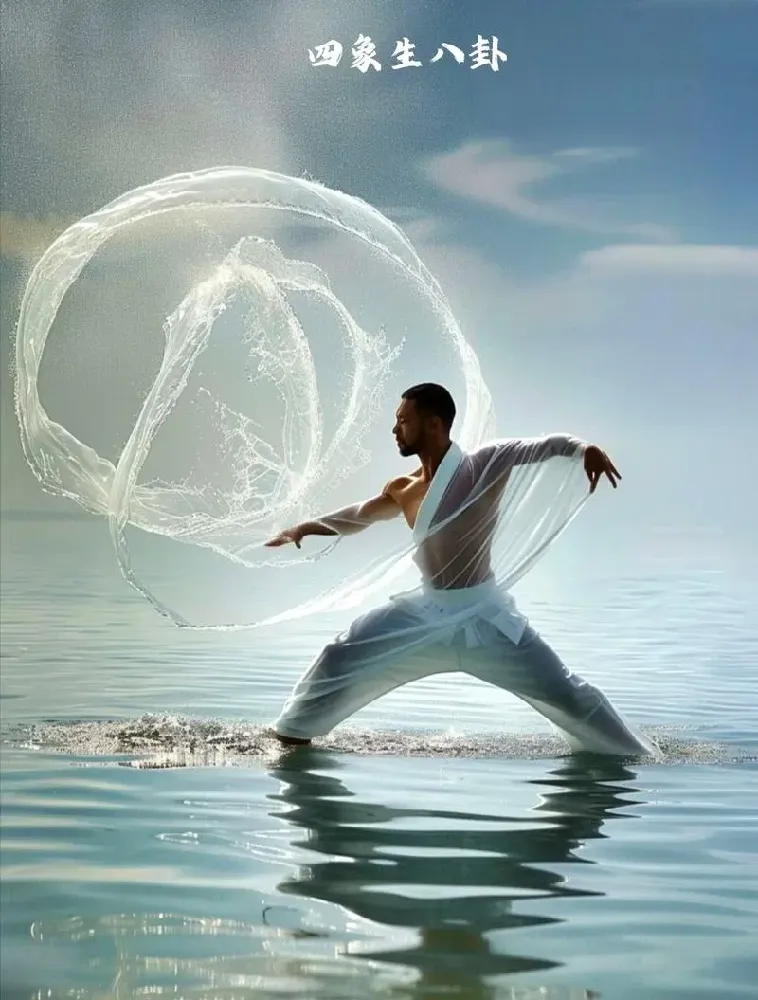
Feeling the “Jin”: Internal Power as Yin-Yang Interaction
Tai Chi isn’t just about shapes. It’s about energy. In Chinese martial arts, we call this Jin—refined force.
There are many types:
- Peng Jin: expansive, buoyant energy.
- Lu Jin: yielding, redirecting energy.
- Ji Jin: focused, pressing energy.
- An Jin: sinking, grounding energy.
Each Jin is an expression of yin and yang. Peng is yang expanding. Lu is yin receiving. Ji is yang concentrating. An is yin anchoring.
You don’t need to memorize them. You need to feel them.
When you move with intention, breath, and awareness, Jin arises naturally. It’s not something you add—it’s something you uncover.
Exclusive Tip: Practice “Push Hands” with a partner. Notice how energy flows between you. Don’t resist. Don’t overpower. Just listen. That’s Jin in action.
From Stillness to Movement—and Back Again
Here’s the secret: the best Tai Chi isn’t about moving well. It’s about returning well.
After each form, we return to Wuji. We stand. We breathe. We integrate.
This return is essential. It’s where the benefits settle. It’s where the nervous system recalibrates. It’s where the philosophy becomes embodied.
In life, we often forget to return. We rush from task to task, conversation to conversation, without pause.
Tai Chi reminds us: every movement needs a still point. Every action needs a breath. Every day needs a moment of Wuji.
Exclusive Tip: End your practice with 2 minutes of standing. Let your body absorb the movement. Let your mind rest. Let Wuji hold you.
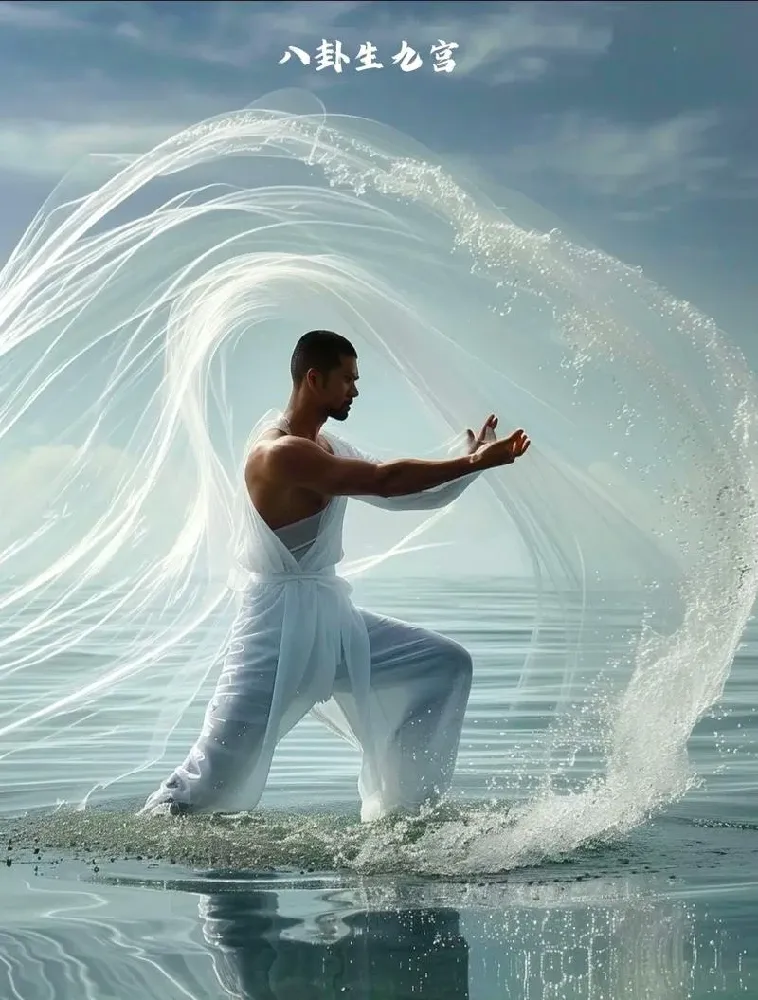
From the Mat to the Moment: Wuji-Taiji in Daily Life
Tai Chi doesn’t end when you stop moving. That’s the secret.
The Wuji-Taiji continuum isn’t just a martial framework—it’s a life framework. Once you feel it in your body, you start seeing it everywhere.
In your conversations. Your decisions. Your reactions. Your creativity.
Let’s explore how this ancient rhythm helps us navigate modern chaos.
Stress: Rebalancing When Life Tilts Too Far
Stress is yang gone wild. It’s too much doing, too much pushing, too much noise.
When we’re overwhelmed, we’re stuck in action. Our breath shortens. Our muscles tighten. Our thoughts race.
This is where Wuji becomes medicine.
Instead of reacting, we pause. We return to stillness. We breathe. We soften. We reset.
Then, from that quiet place, we choose our next move. That’s Taiji—movement born from awareness.
Try this: Next time you feel overwhelmed, stop. Stand. Drop your shoulders. Let your breath deepen. Feel your feet. That’s Wuji. Stay there for 60 seconds. Then act.
Exclusive Tip: Use your phone’s lock screen as a reminder. Add the phrase “Return to Wuji.” Let it interrupt the rush.
Communication: Listening Before Responding
Ever said something you regretted? Me too.
In Tai Chi, there’s a principle called Ting Jin—“listening energy.” It’s not about hearing words. It’s about sensing intention. Feeling the space between.
Before we respond, we listen. We pause. We receive. That’s Wuji.
Then we respond—not from habit, but from clarity. That’s Taiji.
This transforms communication. It turns arguments into understanding. It turns reaction into connection.
Try this: In your next conversation, wait one breath before replying. Let the silence speak. You’ll notice more. You’ll say less—but mean more.
Exclusive Tip: Practice “Push Hands” with a friend. It’s not about winning. It’s about listening. You’ll learn more about communication than any book could teach.
Creativity: Letting Ideas Arise Naturally
Creativity isn’t forced. It’s invited.
When we try too hard to be creative, we block the flow. We grip. We strain. We chase.
But when we enter Wuji—mental stillness, emotional spaciousness—ideas begin to rise. Like bubbles in still water.
Taiji is the expression. The painting. The writing. The solution. But Wuji is the source.
Try this: Before brainstorming, take 3 minutes to breathe. Close your eyes. Let your thoughts settle. Don’t chase ideas. Let them come.
Exclusive Tip: Keep a “Wuji Journal.” Each morning, write one page without agenda. Let the pen move. You’ll be amazed what emerges.
Emotional Balance: Observing Without Attachment
Emotions are energy. They move. They shift. They pulse.
Anger is yang—hot, expansive, forceful. Sadness is yin—heavy, inward, contracting.
Neither is wrong. But both can become imbalanced.
Tai Chi teaches us to observe movement. To feel without clinging. To respond without reacting.
When we apply this to emotions, we become less tangled. Less hijacked. More free.
Try this: When a strong emotion arises, pause. Don’t suppress. Don’t indulge. Just notice. Where is it in your body? What’s its rhythm? That’s Wuji awareness.
Exclusive Tip: Practice your form with one emotion in mind. Let it move through you. Don’t fight it. Don’t fix it. Just flow with it.
Ancient Wisdom Meets Modern Science
For centuries, Tai Chi was passed down through experience, lineage, and poetic language. Terms like “Qi,” “Jin,” and “Wuji” were felt more than explained.
But now, science is catching up.
Neuroscientists, physiologists, and movement specialists are beginning to map what Tai Chi practitioners have known intuitively: that the Wuji-Taiji continuum isn’t just philosophical—it’s physiological.
Let’s explore how.
The Nervous System: Stillness and Activation in Harmony
Your nervous system has two main branches:
The sympathetic (“fight or flight”)
The parasympathetic (“rest and digest”)
Most of us live in sympathetic overdrive. We’re alert, tense, reactive. Even when we sit still, our minds race.
Wuji is the antidote.
When you enter Wuji stance—soft knees, relaxed spine, deep breath—you activate the parasympathetic system. Your heart rate slows. Your breath deepens. Your brain shifts from beta waves (alert) to alpha waves (calm).
Then, as you begin to move (Taiji), the sympathetic system engages—but gently. It’s not a spike. It’s a wave. You’re alert, but not anxious. Focused, but not frantic.
This balance is rare. And powerful.
Exclusive Tip: Practice Wuji before a stressful event—like a presentation or difficult conversation. You’ll enter with calm clarity, not nervous energy.
The Brain: Movement, Mindfulness, and Integration
Tai Chi is often called “meditation in motion.” But what does that mean neurologically?
Studies using fMRI and EEG show that Tai Chi activates the prefrontal cortex (responsible for decision-making and emotional regulation) and the default mode network (associated with self-awareness and reflection).
In other words, Tai Chi helps you think clearly and feel deeply—at the same time.
It also improves interhemispheric communication—the connection between the left and right brain. This supports creativity, coordination, and emotional balance.
And here’s the kicker: the benefits are strongest when breath, movement, and attention are synchronized. That’s the Wuji-Taiji continuum in action.
Exclusive Tip: During your form, silently say “inhale” and “exhale” as you move. It’s a simple way to align breath, body, and brain.
The Body: Biomechanics of Balance and Flow
Tai Chi may look soft—but it’s biomechanically brilliant.
Each movement trains proprioception (your sense of body position), neuromuscular control, and joint stability. The slow pace forces your brain to engage deeply with each shift, each rotation, each weight transfer.
This builds strength without strain. Flexibility without force. Endurance without exhaustion.
In Wuji stance, your body learns to align—stacking joints, releasing tension, distributing weight. In Taiji movement, you learn to spiral, shift, and flow.
Together, they create a body that’s not just fit—but intelligent.
Exclusive Tip: Film yourself doing a form. Watch your alignment. Are your joints stacked? Is your movement smooth? Use the video as feedback—not judgment.
The Breath: A Bridge Between Systems
Breath is the thread that ties it all together.
In Wuji, breath is slow, deep, and natural. It activates the diaphragm, massages the organs, and calms the mind.
In Taiji, breath becomes rhythm. It guides movement. It expresses intention. It connects inner and outer.
Research shows that diaphragmatic breathing improves oxygenation, reduces inflammation, and enhances vagal tone (a marker of nervous system health).
And when breath is paired with movement, the effects multiply.
Exclusive Tip: Try “Dan Tian breathing.” Place your attention in your lower belly. Let each inhale expand it gently. Let each exhale soften it. This anchors your awareness—and your energy.
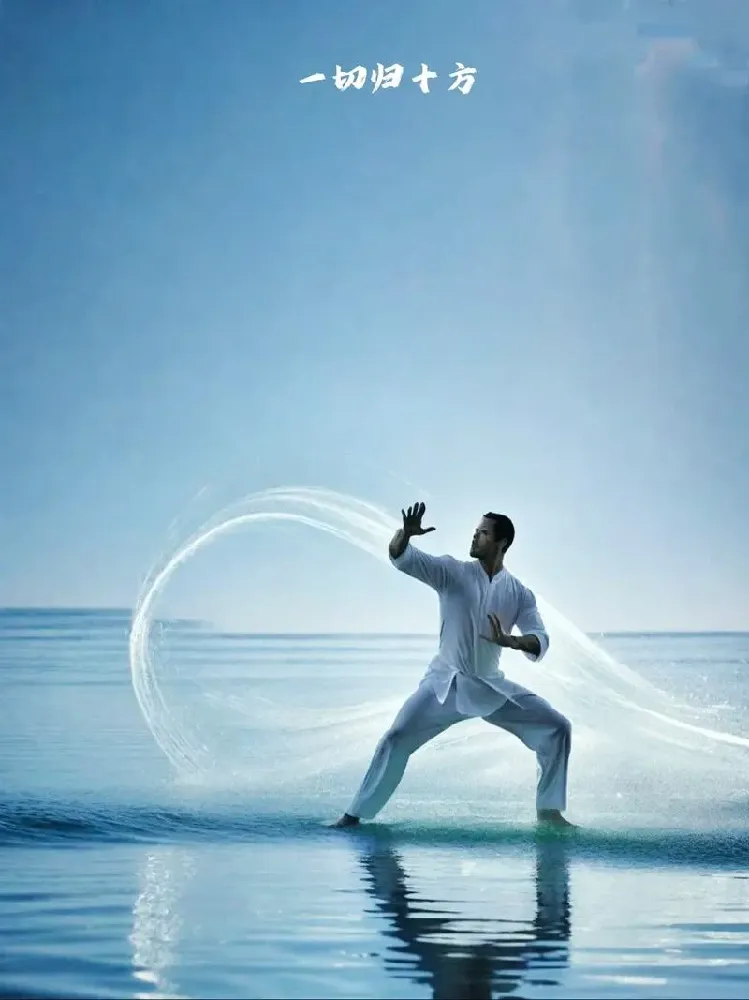
The Wuji-Taiji Continuum: A Living Philosophy
Tai Chi isn’t just something you do. It’s something you live.
The Wuji-Taiji continuum isn’t a theory to memorize. It’s a rhythm to embody. A way of being that flows through breath, movement, thought, and choice.
When I first heard “Wuji gives birth to Taiji,” I didn’t understand it. It sounded poetic, maybe mystical. But now, I feel it. In my spine. In my breath. In my relationships. In my work.
It’s the pause before I speak. The breath before I act. The stillness before I create.
And it’s the return. After the movement. After the moment. After the day.
This rhythm—stillness to movement, movement to stillness—isn’t just ancient. It’s timeless. It’s how nature works. It’s how we heal. It’s how we grow.
Exclusive Tip: Let your day begin in Wuji. Before checking your phone, before rushing into tasks—stand. Breathe. Feel. Let your first movement arise from stillness.
Debunking Misconceptions with Compassion
Let’s gently clear up a few common misunderstandings. Not with judgment—but with clarity.
“Tai Chi is too slow to be effective.”
Slow doesn’t mean weak. Slow means aware. Tai Chi trains muscles, balance, breath, and focus—all at once. It’s not flashy. It’s foundational.
“You need to be flexible or spiritual to do Tai Chi.”
Nope. You just need to be curious. Tai Chi meets you where you are. Whether you’re stiff, skeptical, or stressed—it welcomes you.
“Wuji and Taiji are abstract ideas.”
They’re only abstract until you feel them. Once you stand in Wuji, once you move in Taiji, they become real. Tangible. Transformative.
Exclusive Tip: Don’t try to understand Tai Chi with your head. Try it with your body. That’s where the wisdom lives.
A Gentle Invitation to Begin
You don’t need to master the 108-form. You don’t need to read ancient texts. You don’t need to be perfect.
You just need to begin.
Stand in Wuji. Move in Taiji. Breathe. Feel. Listen. Return.
Let the continuum guide you—not just in practice, but in life.
Because the real benefit of Tai Chi isn’t just better balance or lower stress. It’s deeper connection. To your body. To your breath. To the present moment.
And that, my friend, is the beginning of well-being.
Still wondering where to start? Take our 2-minute Wuji-Taiji Discovery Quiz to find the perfect entry point for your journey.
Ready to go deeper? Join our “Wuji-Taiji Journey” advanced course—a guided experience that brings philosophy, movement, and mindfulness together in one transformative path.
Your stillness is waiting. Your movement is ready. Let the continuum begin.
FAQ: Wuji to Taiji and Tai Chi Philosophy
What does “Wuji gives birth to Taiji” mean?
It means stillness (Wuji) is the source of movement (Taiji). In Tai Chi philosophy, Wuji represents pure potential, while Taiji is the dynamic interplay of yin and yang. This continuum reflects how life unfolds—from rest to action, silence to expression.
Is Tai Chi just physical movement or something deeper?
Tai Chi is both. It’s movement, breath, intention, and awareness. It’s often called “meditation in motion” because it trains the body and mind simultaneously. The Wuji-Taiji continuum helps practitioners embody balance, clarity, and flow.
How does Yin-Yang apply to Tai Chi practice?
Every Tai Chi movement reflects yin-yang principles: expansion and contraction, softness and strength, stillness and motion. Understanding these helps you move with purpose and respond to life with grace.
Can I apply Wuji-Taiji philosophy outside of Tai Chi?
Absolutely. You can use Wuji to pause before reacting, and Taiji to act with intention. This rhythm helps with stress, communication, creativity, and emotional balance. It’s a life skill, not just a martial one.
Is there scientific evidence supporting Tai Chi’s effects?
Yes. Studies show Tai Chi improves balance, reduces stress, enhances brain function, and supports emotional well-being. Neuroscience and biomechanics validate the Wuji-Taiji continuum as a powerful mind-body framework.
